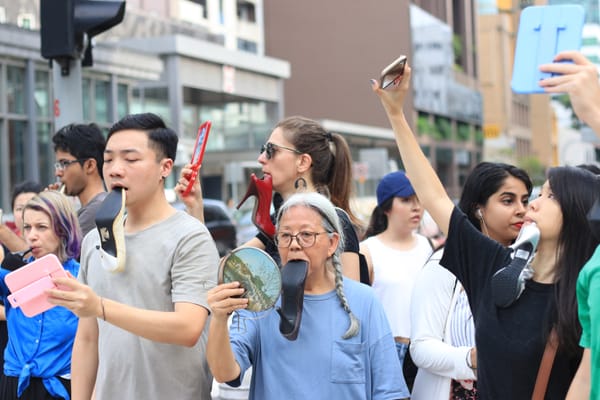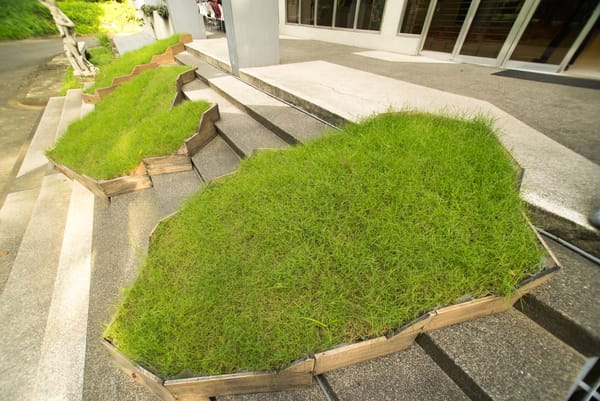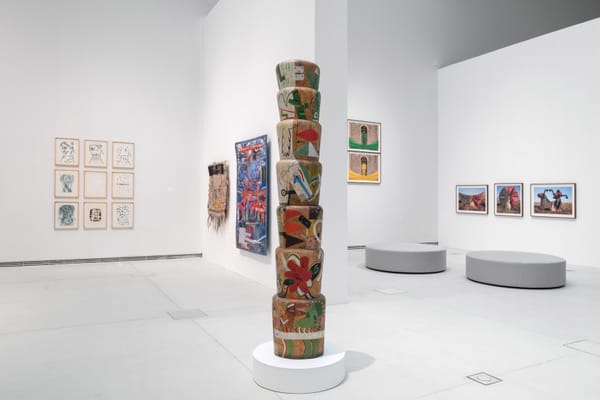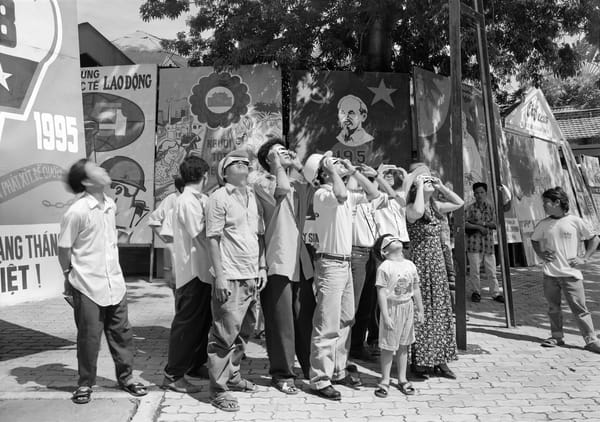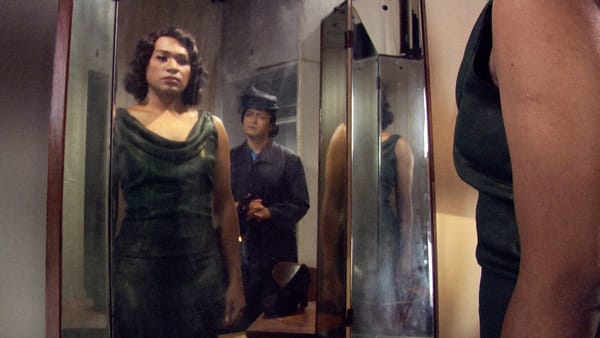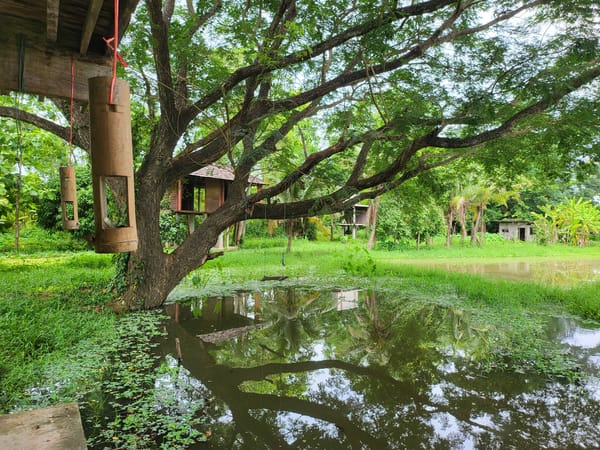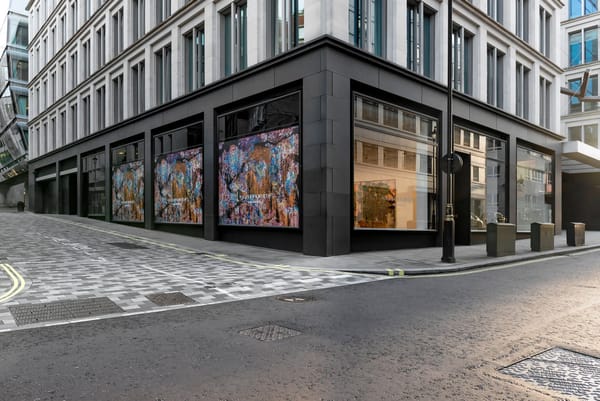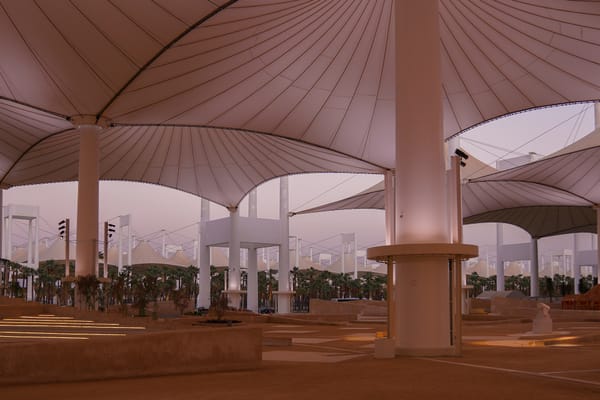Issue
Miwako Tezuka: The Mechanism of Presence
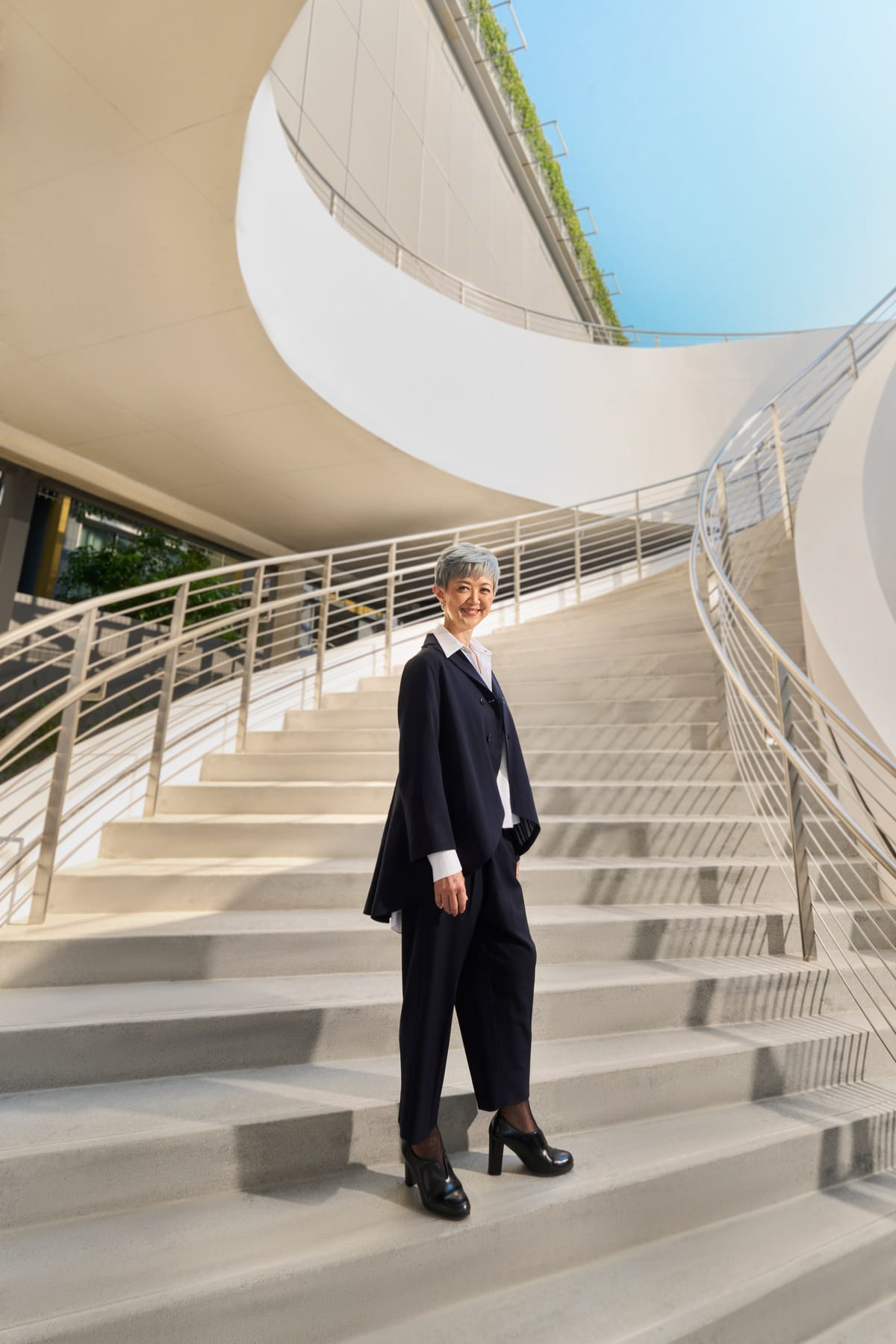
In the sticky heat of a Bangkok afternoon, when the air hums with the scent of jasmine and exhaust fumes, I traveled just beyond the city’s center to the historic port district of Khlong Toey. Home to Thailand’s legendary wet market and sprawling squatter village, the area teeters on the brink of gentrification. I pulled up to its impending future. Security stopped the car, and I gazed out the window at the mammoth site of Dib Bangkok—a former steel factory transformed into one of the country’s latest, and largest, private museums. Miwako Tezuka emerged from the expansive, white modernist complex designed by Los Angeles-based Thai architecture studio WHY. Although final construction details were still underway, she appeared as a serene disruption. Petite, with a bleached pixie cut common on the edgy streets of Tokyo and New York, and cloaked in understated black Issey Miyake and Martin Margiela, one immediately became aware of being in the presence of a seasoned museum curator. At 55, Tezuka doesn’t so much stride as glide through the nearly-finished galleries of Dib Bangkok, Thailand’s audacious new institution on the global art stage, set to unfurl in late December like a lotus in monsoon mud. This is no mere museum; it’s a nearly 6,600-square-meter warehouse from the 1980s, gutted and reborn by architect Kulapat Yantrasast, its exposed concrete bones now draped in light-flooded spaces that suggestively whisper transformation. Tezuka, its inaugural director, is the quiet architect of its soul.
